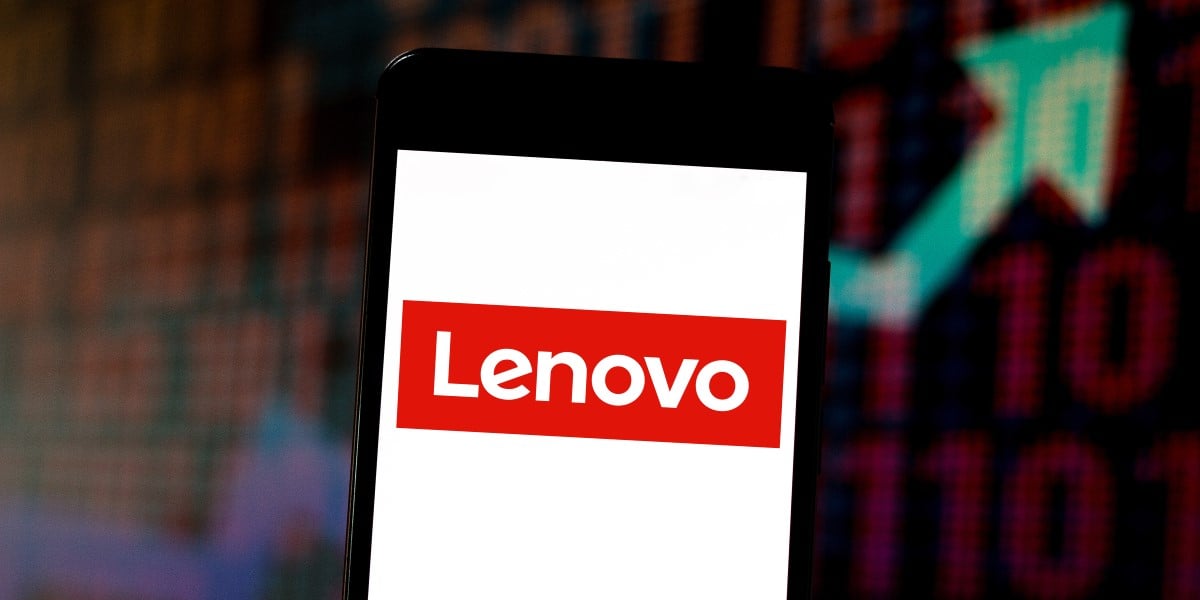
Lenovo’s enterprise business has posted 65 percent year on year growth but still posted a loss. The Chinese hardware giant last Friday posted [PDF] its Q2 2025 results and revealed $17.85 billion revenue, $2.
8 billion of gross profit and a $651 million operating profit. The company’s Infrastructure Solutions Group (ISG) – which makes enterprise hardware while also serving hyperscalers and supercomputing shops – was the star of the show, posting $3.3 billion revenue to grow 65 percent year over year.
But the Group still made a loss of $35 million, as it has nearly always done since Lenovo acquired IBM’s x86 server business a decade ago . Execs said better days lie ahead thanks to an “improvement plan” that will simplify the Group’s portfolio, improve operations, and diversify cloud customers. But they were also keen to point out that Lenovo’s enterprise hardware biz is growing faster than rivals – and that creating a range of hardware for AI workloads has seen R&D costs rise.
Speaking on Lenovo’s earnings call, ISG senior veep Vlad Rozanovich told investors the company has built the product portfolio that can let it ride the AI cycle – which starts with investment in training infrastructure and then sees buyers shift to inferencing equipment. Rozanovich suggested GPU-equipped edge servers, which Lenovo offers, are about to have their moment. The Intelligent Devices Group – which covers PCs, tablets, smartphones and other personal hardware – grew 17 percent to $13.
5 billion revenue. Lenovo claimed it won 24 percent of the PC market and saw AI PCs account for over ten percent of notebook sales. Group president Luca Rossi said PC sales should improve as buyers have two good reasons to upgrade: end of life for devices bought to run Windows 10 which are now ripe for replacement, and a desire to adopt AI PCs and offer users new experiences.
Those motives, execs said, will also help to improve Lenovo’s performance because this quarter’s PC revenue was largely driven by low-margin consumer devices. Smartphone revenue jumped 43 percent sparked by what the company described as “hyper growth ranging from 20 percent to triple digit in North America, EMEA and the Asia Pacific markets.” Lenovo’s smartphones mostly sell under the Motorola brand.
Whatever they’re called, the company is chuffed that 46 percent of its revenue now comes from sources other than PCs – and that its smartphone biz has been profitable for four years. The first question asked during the earnings call’s interactive section came from Jun Wen of Maybank Asset Management, who asked “What do you expect the impact of new Trump administration to Lenovo? What can you do to address this potential tariff concerns?” CEO and chair Yuanqing Yang opened by saying “it’s still too early to speculate or comment on the new administration” and noted that tariffs will impact Lenovo and its competitors. He then declared “Lenovo has globalization advantages” its competitors do not.
“We have a very balanced revenue mix across geographies. We have very diversified sourcing and manufacturing strategy. So we have very unique global resilient and flexible supply chain,” he said.
One example of that diversity is Lenovo’s “30-plus manufacturing facility ...
in nine different markets - India, Japan, Hungary, Germany, Brazil, Argentina, Mexico, U.S.” The company is building another in Saudi Arabia, where business has quickly grown to $1.
5 billion, to further enhance “resilience and flexibility”. “This truly global and multinational position will help us to navigate the situation well, and we will keep our competitive advantage for sure,” the CEO concluded. ®.














